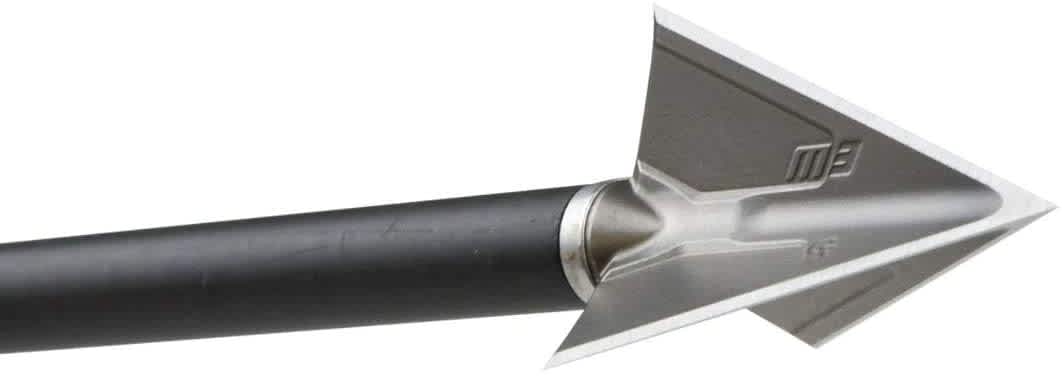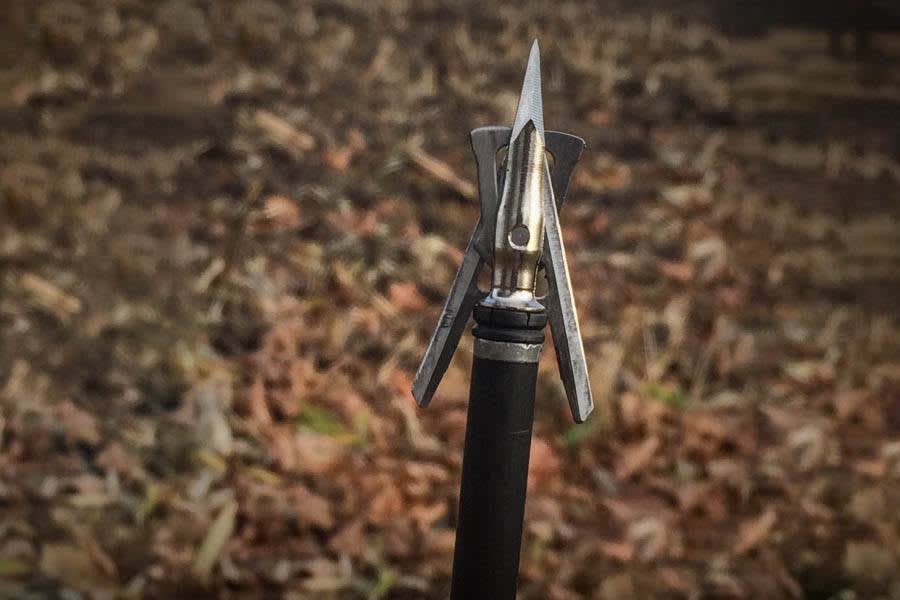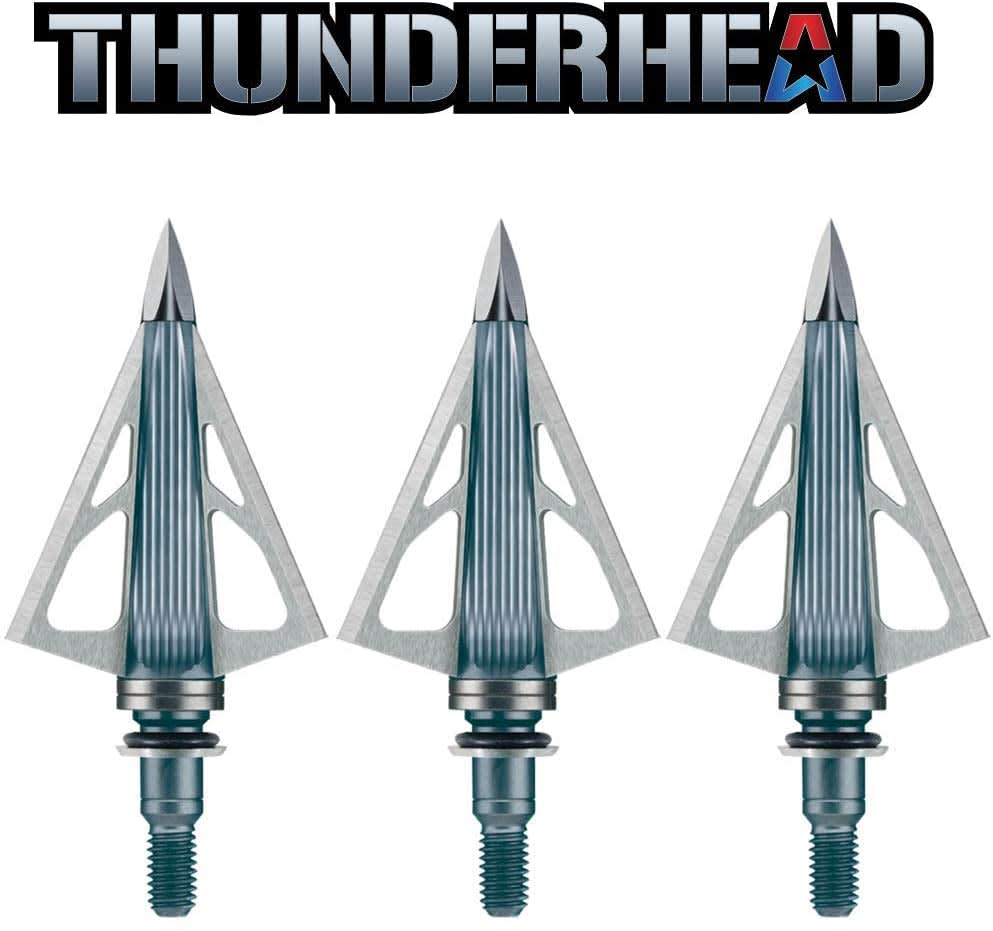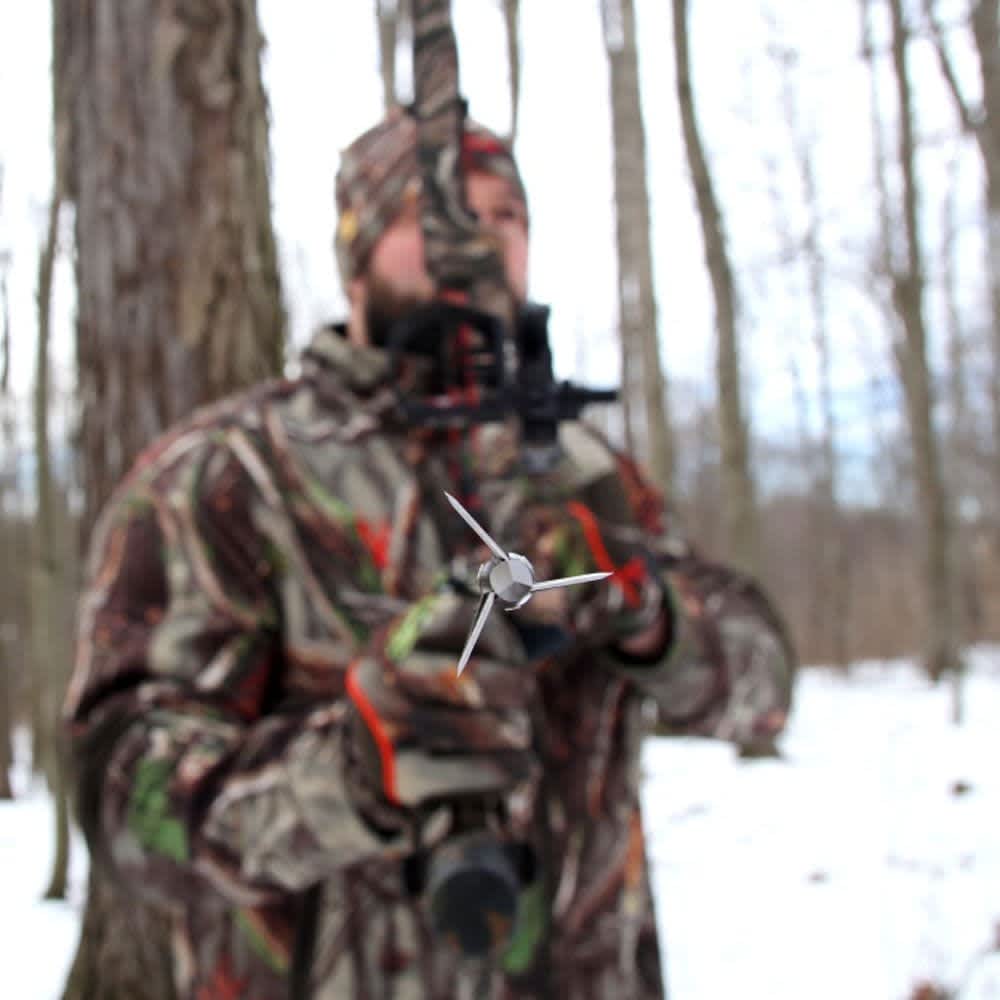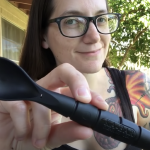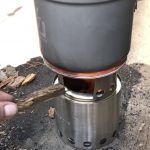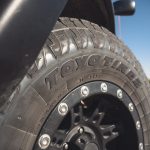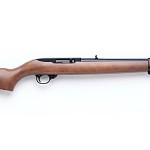Deadly Points: The Best Broadheads for the 2022 Archery Season
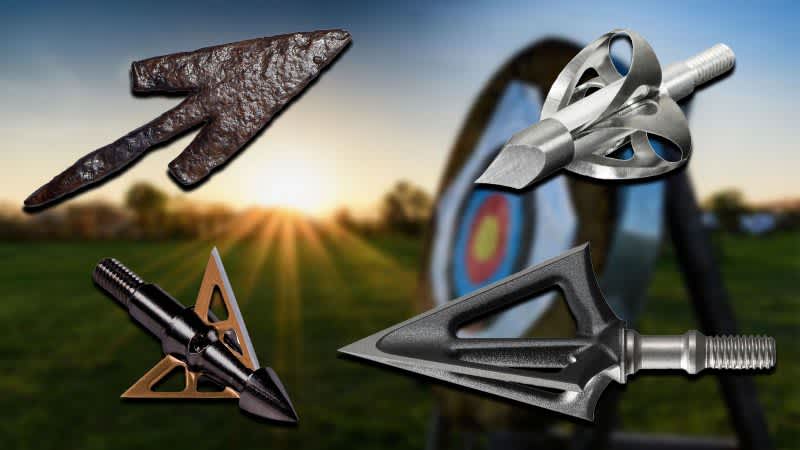
1. G5 Outdoors Montec M3
Stainless steel broadheads are a popular option for a lot of bowhunters due to their increased durability and corrosion resistance. Since arrows often find themselves in wet conditions it’s important to preserve them for future use if possible. The Montec M3 comes in a 100-grain monolithic design meaning they are still lightweight but can provide you with characteristics similar to the field points you practice with.
2. Rage Bowhunting Hypodermic Crossbow Mechanical Broadhead
Mechanical broadheads like the Rage Bowhunting Hypodermic Crossbow broadhead have one massive advantage over fixed blade broadheads – they expand. This particular broadhead has a maximum diameter of 2-inches meaning you’re getting a much larger initial wound channel and there is also far less potential of your arrow over penetrating leading to a lost arrow. The Hypodermic Crossbow broadhead is available in both a 100-grain and a 125-grain version depending on what works better for you and your setup. The Rage Hypodermic Broadhead also features a unique shock-absorbing collar which leads to better blade retention meaning more uses.
3. NAP Thunderhead
If you’re not super heavy into bow hunting and you’re just experimenting for this season then you’ll probably be looking for affordable but effective options. The NAP Thunderhead broadhead is perfect for this application. For roughly $35 you’re getting 5 ultra-sharp broadheads each featuring 3 blades made from stainless steel – this means you can get in some practice and reserve a few more for use in the field. However, if it turns out you’re more into bow hunting than previously anticipated, you can buy replacement blades for these broadheads extending their life for a reduced cost.
4. Muzzy Trocar 100 Grain 3-Blade Broadhead
Muzzy Broadheads are some of the best in the business and have been showcased in more televised bow hunts than I can count – they must be doing something write. What the Muzzy Trocar 100-grain broadheads offer over anything else is extreme accuracy. This is due in part to the 0.035 Helix Blades which give you minimal aerodynamic resistance so that your shot maintains velocity all the way to its target. The trocar tip gives your arrow great initial penetration and a solid steel ferrule means that you don’t have to worry about accidentally striking a bone and losing your broadhead and potentially your target.
5. Ravin R101 Stainless Steel 450 FPS Rated Mechanical Broadheads
A lot of mechanical broadheads are limited to use with traditional bows because of their less durable nature. Not the same story with these Ravin R101 mechanical broadheads which are rated up to 450 feet per second. This means you can use these broadheads with nearly any type of bow. Another advantage of these broadheads lies in the simplicity of their design. The R101 features a single-piece ferrule and internal spring clip which makes blade replacements easy and eliminates the need for lock rings, and o-rings. Naturally, these broadheads were designed to work specifically with Ravin crossbows but I’m certain that other crossbows can make use of these high quality and high-performance broadheads just the same.
How many types of broadheads are there and what do they each do best?
Broadheads can generally be separated into three main categories and each of these categories offers some pros and cons that you might want to take into consideration before going out and purchasing the flashiest thing you can get your hands on.
Fixed Blade broadheads are generally more affordable, simple in design, easy to sharpen, and can be used on almost any platform. Removable Blades usually offer some sort of improvement either in downrange lethality and also have the added benefit of being replaceable at a reduced cost – the ferrule generally remains as the core part of the broadhead while the blades get replaced as they get used up. Mechanical broadheads are the last and most complex type of broadheads and are generally the most expensive although this isn’t always the case. Mechanical broadheads are high-performing broadheads that usually require a minimum draw weight in order to take advantage of the mechanical properties but some also have an upper pound limit you’ll want to pay attention to when selecting these types. My personal favorite will probably always be fixed blade broadheads made from simple carbon steel as these can be resharpened very easily.
What broadhead weight should I be using?
In the above article, we mentioned a lot of grain weights and these can make or break your hunting setup. Generally, broadheads are found in a few select weights including 100-grain and 125-grain which are the most popular weights. 100-grain broadheads are undisputedly the most popular due to a combination of their slightly increased range and velocity, however heavier 125-grain options are becoming increasingly popular, especially for those who hunt larger game as the heavier 125-grain broadheads can more reliably penetrate thick hide and push past bone.
What is broadhead tuning and why is it important?
Those new to hunting with bows or hunting with broadheads will want to become accustomed to “tuning” your arrows before a hunt. This can be accomplished in a number of ways but the basic principle is that you want your field points to act as closely as possible to your broadheads – this will remove different flight characteristics from the table making for a more reliable accuracy arrow overall. The tuning portion applies to each individual component of your gear but it starts with the mounting of the broadhead on the shaft of the arrow. Generally, when the shaft and broadhead are spun together you want the point of the broadhead to have next to no wobble in it – this will lead to a supremely accurate arrow capable of making reliable hits on target.
We are committed to finding, researching, and recommending the best products. We earn commissions from purchases you make using the retail links in our product reviews. Learn more about how this works.


